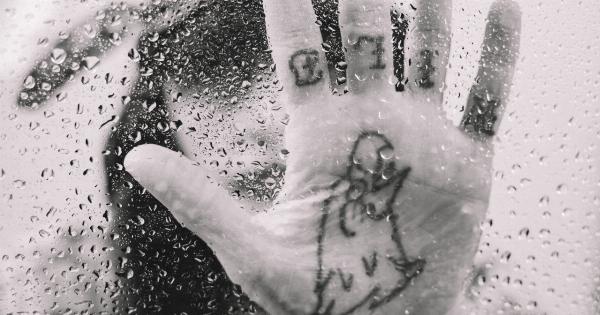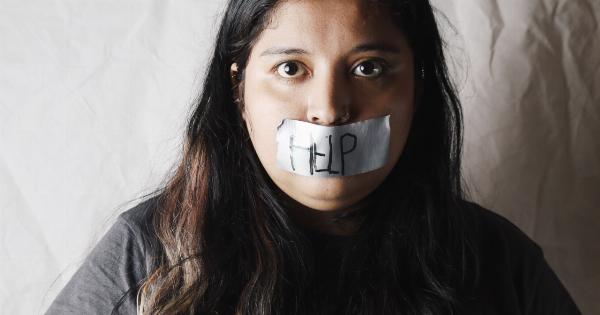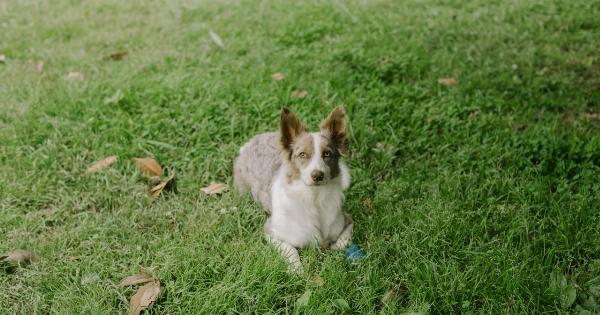Dogs are known to be man’s best friend, but it doesn’t mean that they are immune to phobias. Phobias in dogs are often linked to a traumatic experience that creates intense, persistent, and irrational fears that may be triggered by a specific stimulus.
Here are four common phobias in dogs and how to manage them.
Fear of Thunderstorms
One of the most common phobias in dogs is the fear of thunderstorms, or astraphobia. During a thunderstorm, dogs may show symptoms of anxiety, fear, and panic.
This is because the loud noises and flashes of lightning may sound and look like explosions that threaten their safety. Dogs may pace, tremble, whine, pant excessively, and try to hide in small spaces.
If your dog has a fear of thunderstorms, there are several things you can do to help them manage their anxiety. One approach is to create a safe and comfortable space indoors where your dog can retreat to during a storm.
This can be a crate covered in blankets, a cozy bed, or a room with minimal noise that is far away from windows and doors. You can also play calming music or white noise to help drown out the sound of thunder. Some dogs may benefit from wearing a ThunderShirt that applies gentle pressure to their chest and helps them feel more secure.
Fear of Fireworks
Another common phobia in dogs is the fear of fireworks, or pyrophobia. Just like with thunderstorms, the loud and sudden noises of fireworks can frighten dogs and trigger a flight or fight response.
Dogs may show symptoms such as shaking, hiding, drooling, and panting.
If your dog has a fear of fireworks, you can use similar strategies as those for thunderstorms. Create a calm and quiet place indoors where your dog can feel safe, and play calming music or white noise to mask the sound of fireworks.
You can also try distraction techniques by engaging your dog in a game, treat, or training session. Gradual desensitization is another option, which involves exposing your dog to recorded versions of fireworks sounds at low volume, and gradually increasing the volume over time while rewarding your dog for calm behavior.
Fear of Strangers
Some dogs may have a fear of strangers, also known as social phobia or xenophobia. This can be a result of either lack of socialization or a negative experience with a stranger.
Dogs may show aggressive or defensive behavior towards strangers, or they may withdraw and try to avoid any interaction with them.
If your dog has a fear of strangers, it’s essential to address the underlying cause and seek the help of a professional dog trainer or behaviorist.
They can assess your dog’s temperament, develop a behavior modification program, and provide you with tools and techniques to improve your dog’s socialization skills. Some approaches that may help include positive reinforcement training, gradual exposure to strangers, and desensitization and counterconditioning.
Fear of Abandonment
Lastly, dogs may have a fear of abandonment, also known as separation anxiety. This is a condition in which dogs become anxious and distressed when separated from their owners or left alone.
Dogs with separation anxiety may exhibit destructive behavior, excessive barking, crying, or howling, and may even try to escape from the house.
If your dog has a fear of abandonment, there are several things you can do to help them cope. One of the most effective approaches is to gradually increase their independence by leaving them alone for short periods and gradually increasing the duration.
You can also create a positive association with your leaving by giving them a treat, a toy, or a puzzle to work on. It’s also important to make sure your dog is getting enough exercise, mental stimulation, and social interaction to reduce their dependence on you.
Conclusion
Phobias in dogs are a common occurrence, and they can be managed with patience, empathy, and professional help. If your dog has a phobia, it’s important to understand their triggers, recognize their symptoms, and develop a plan that fits their needs.
With the right approach, your dog can overcome their phobia and enjoy a happy and stress-free life.




























